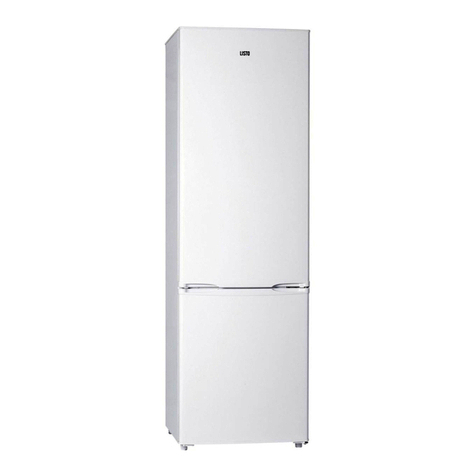Listo RML 50-50b1 User manual
Other Listo Refrigerator manuals
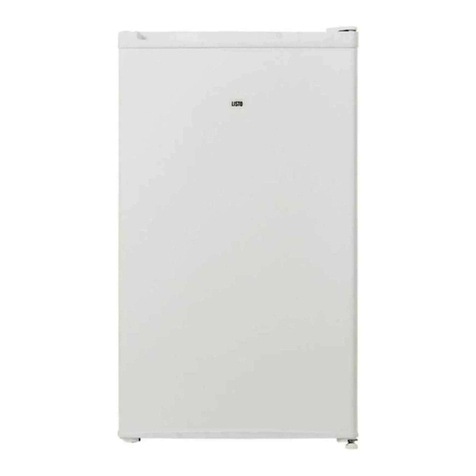
Listo
Listo RTFL 85-50b3 User manual
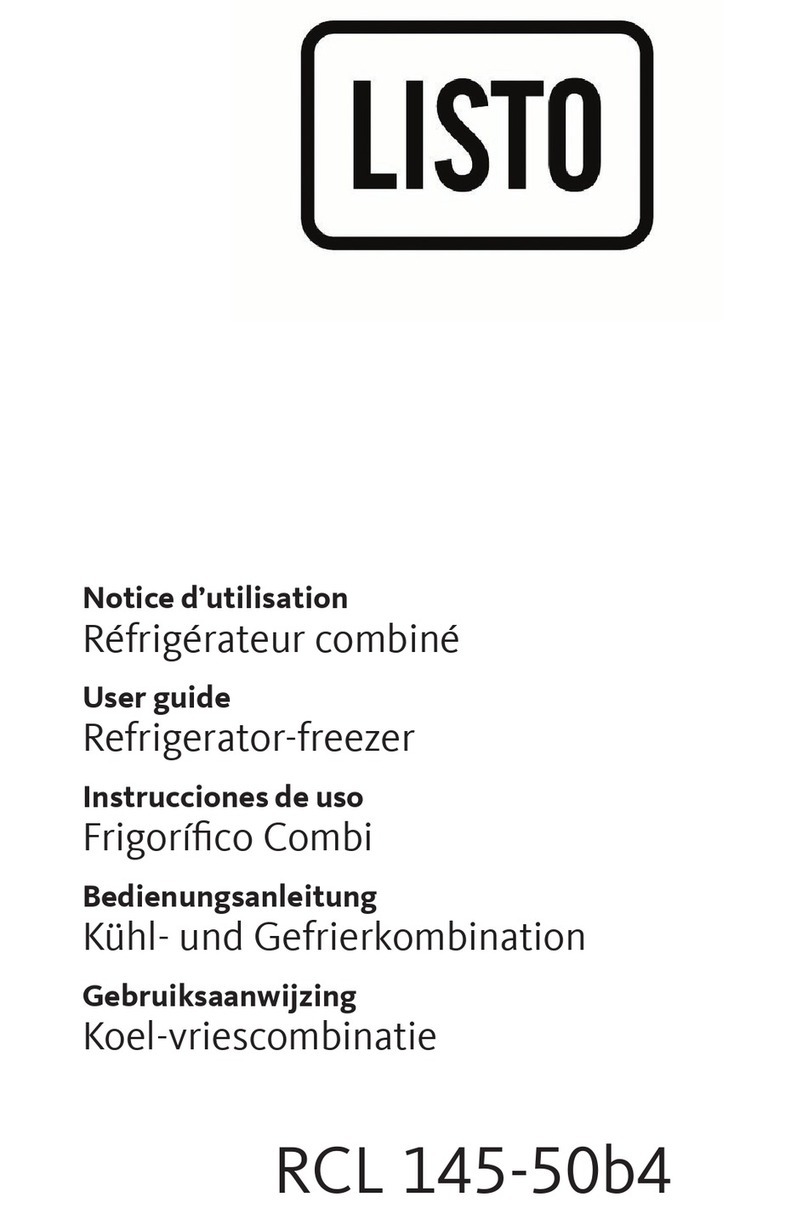
Listo
Listo RCL 145-50b4 User manual
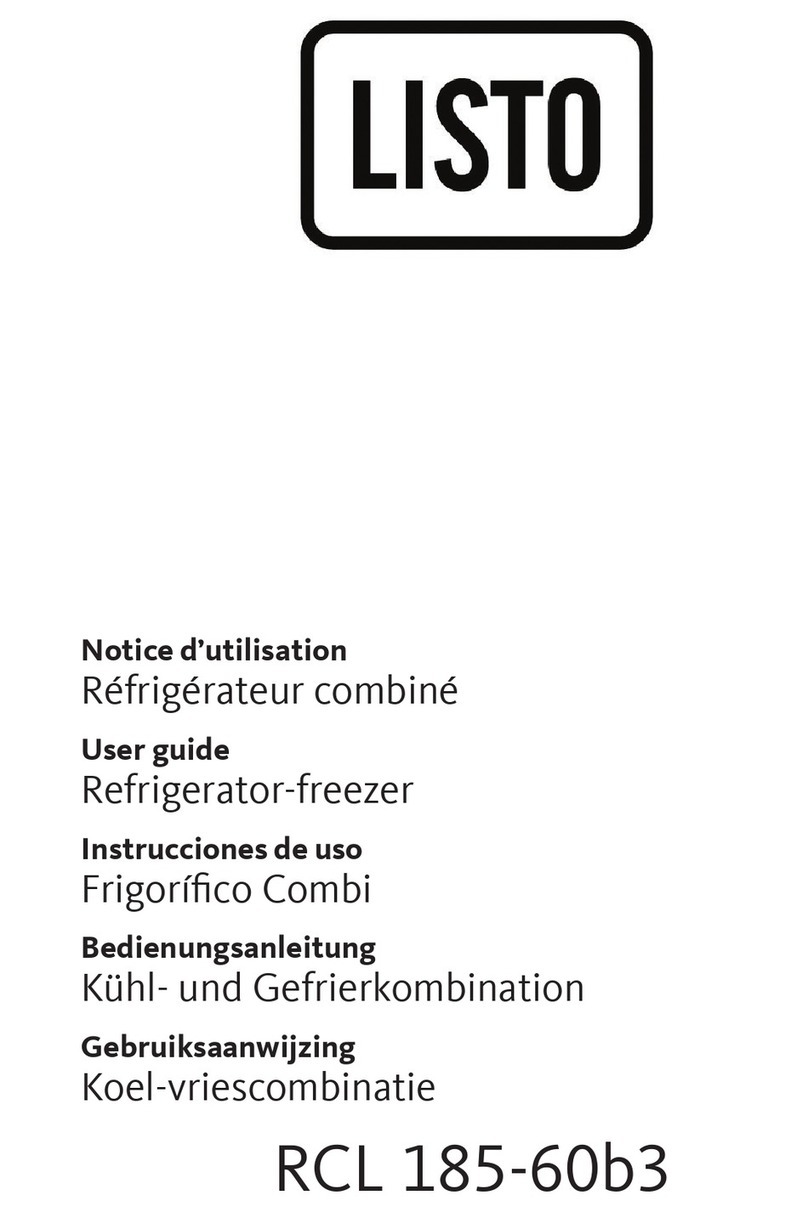
Listo
Listo RCL 185-60b3 User manual
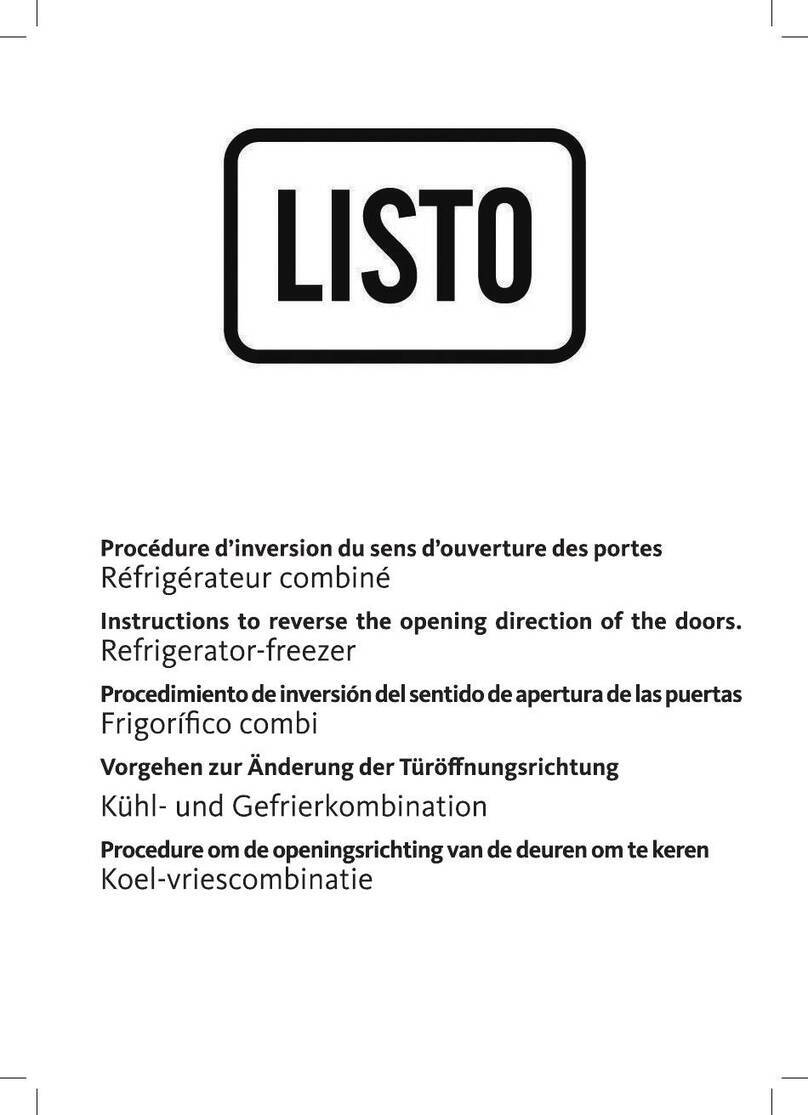
Listo
Listo RCDL180-60hiv2 User manual
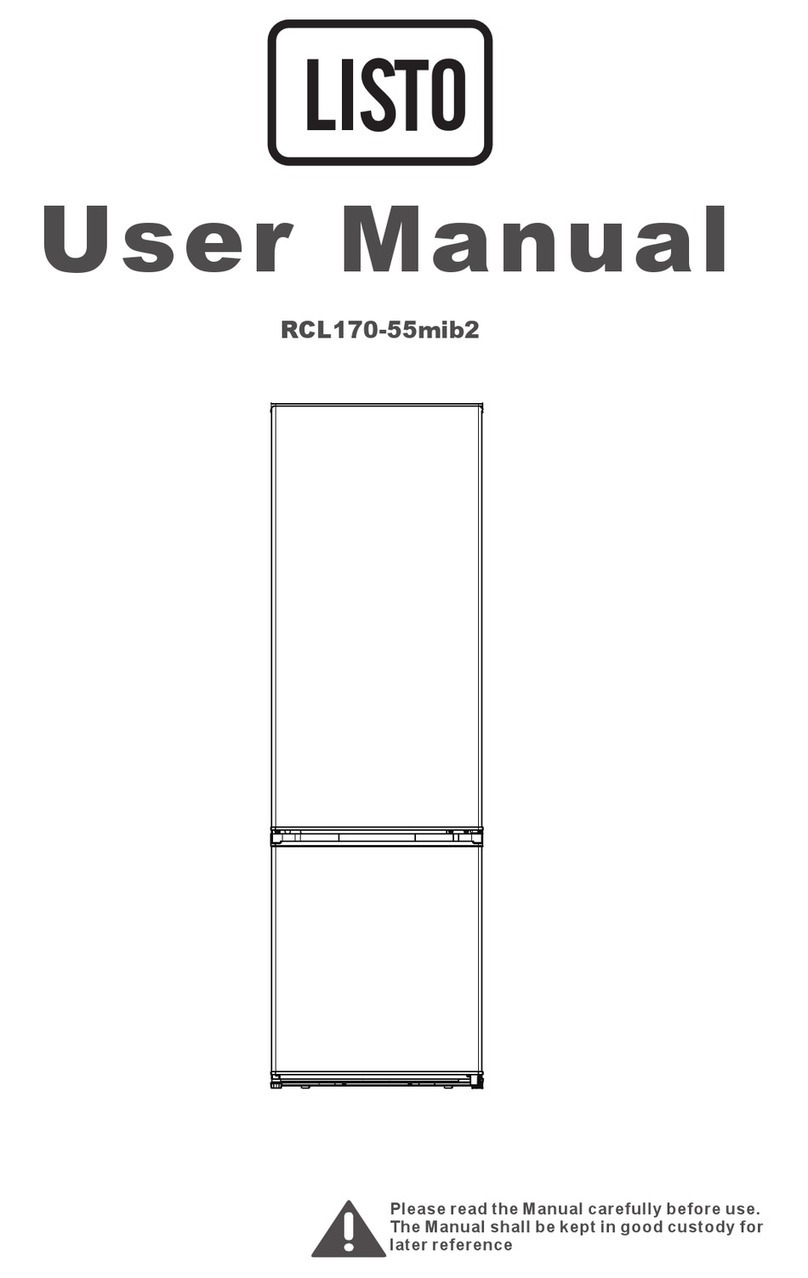
Listo
Listo RCL170-55mib2 User manual
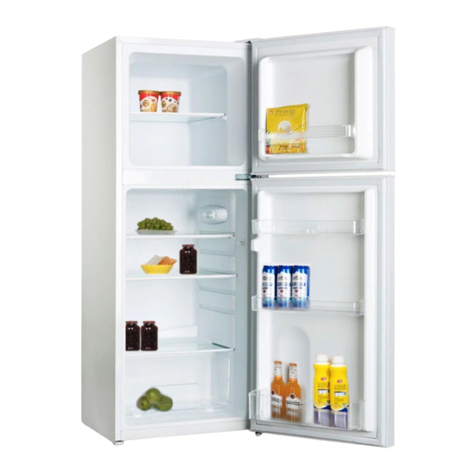
Listo
Listo RDL 130-50b4 User manual

Listo
Listo RL 170-55hob1 User manual
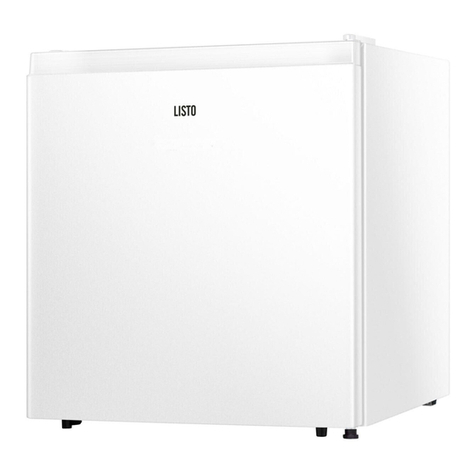
Listo
Listo RML50-50b2 User manual
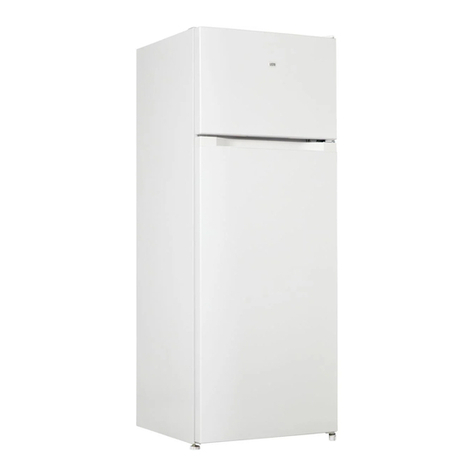
Listo
Listo RDL 145-55b3 User manual
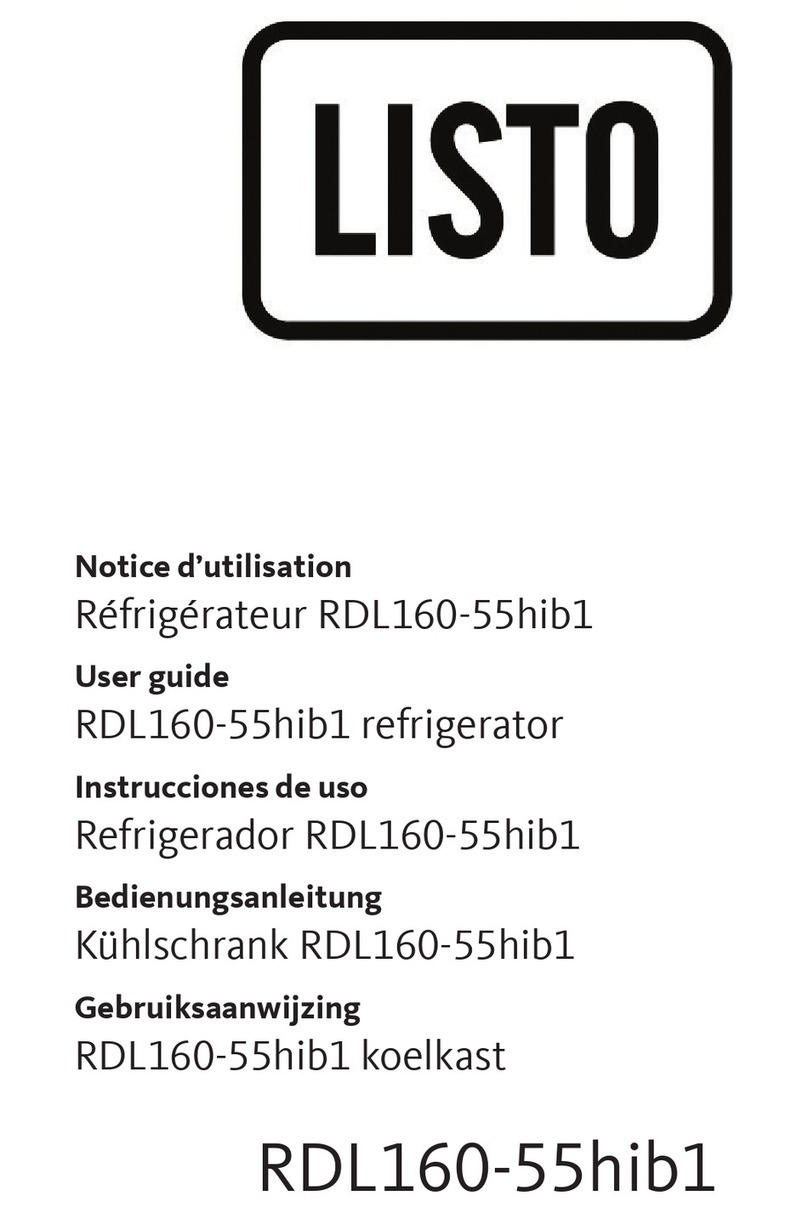
Listo
Listo RDL160-55hib1 User manual
